Watch: Glenn Gould’s TV debut
mainIn December 1954, Gould made his first appearance on television, playing the first movement of Beethoven’s first piano concerto.
With his own amazing cadenza.
He was 22 and he was not yet insisting on using his own chair.
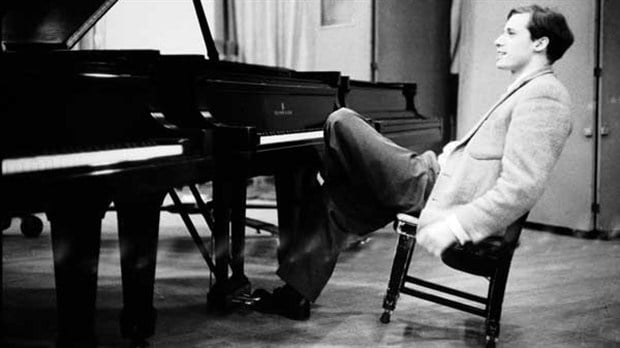


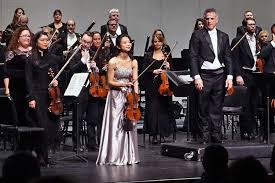
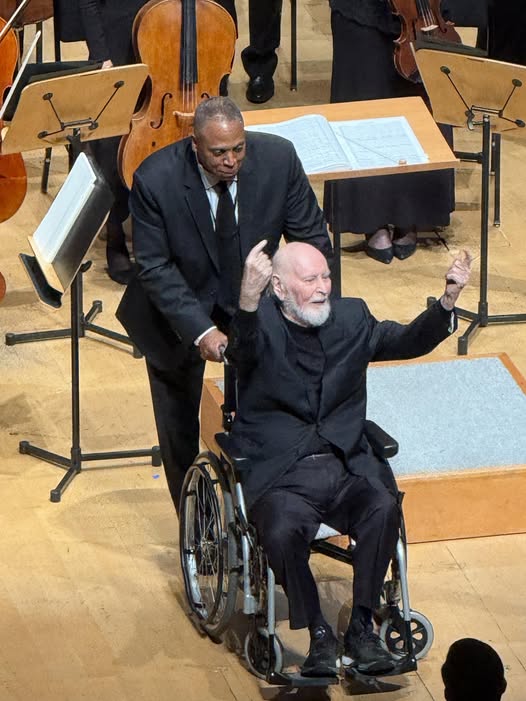
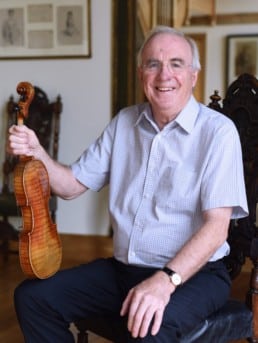
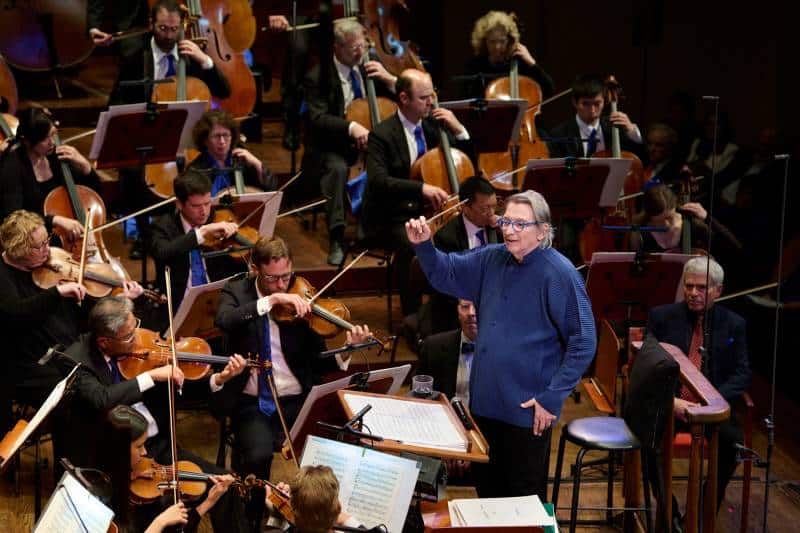
Comments